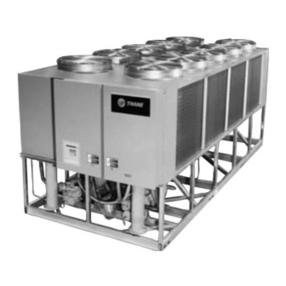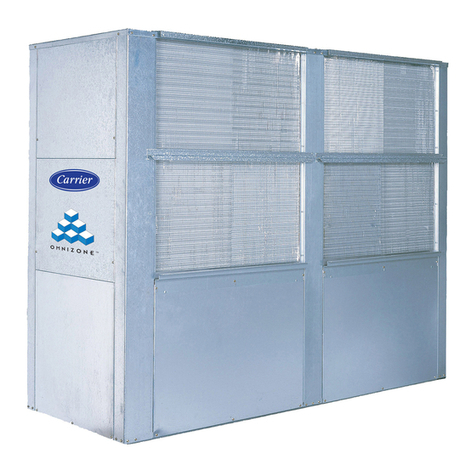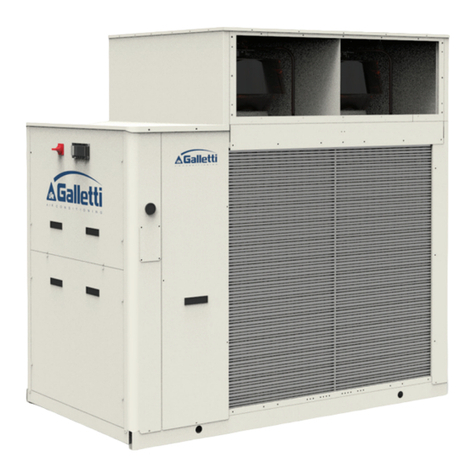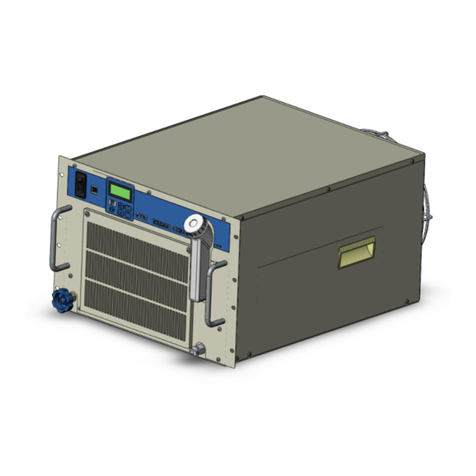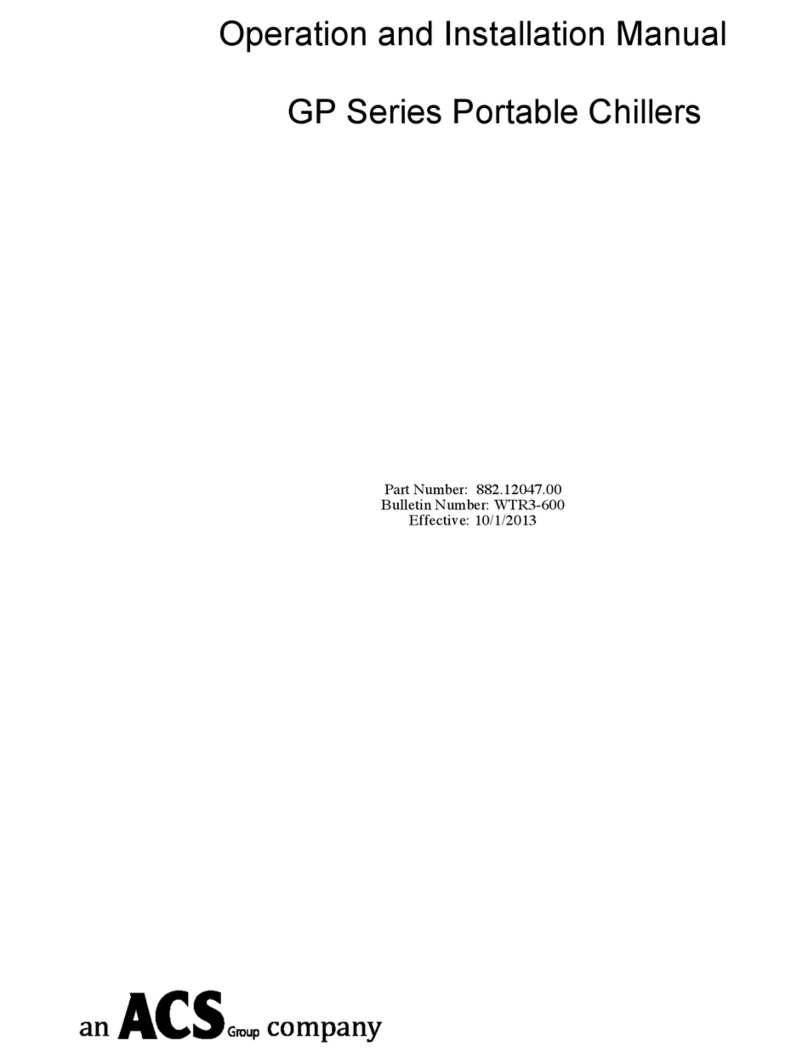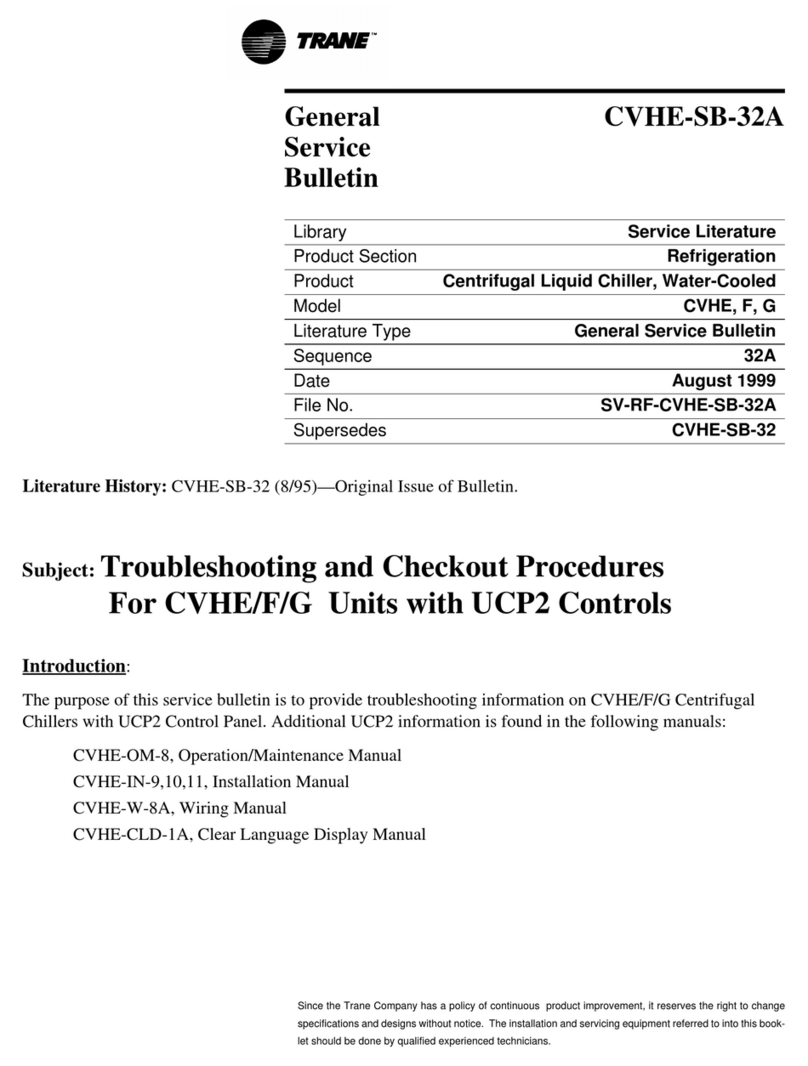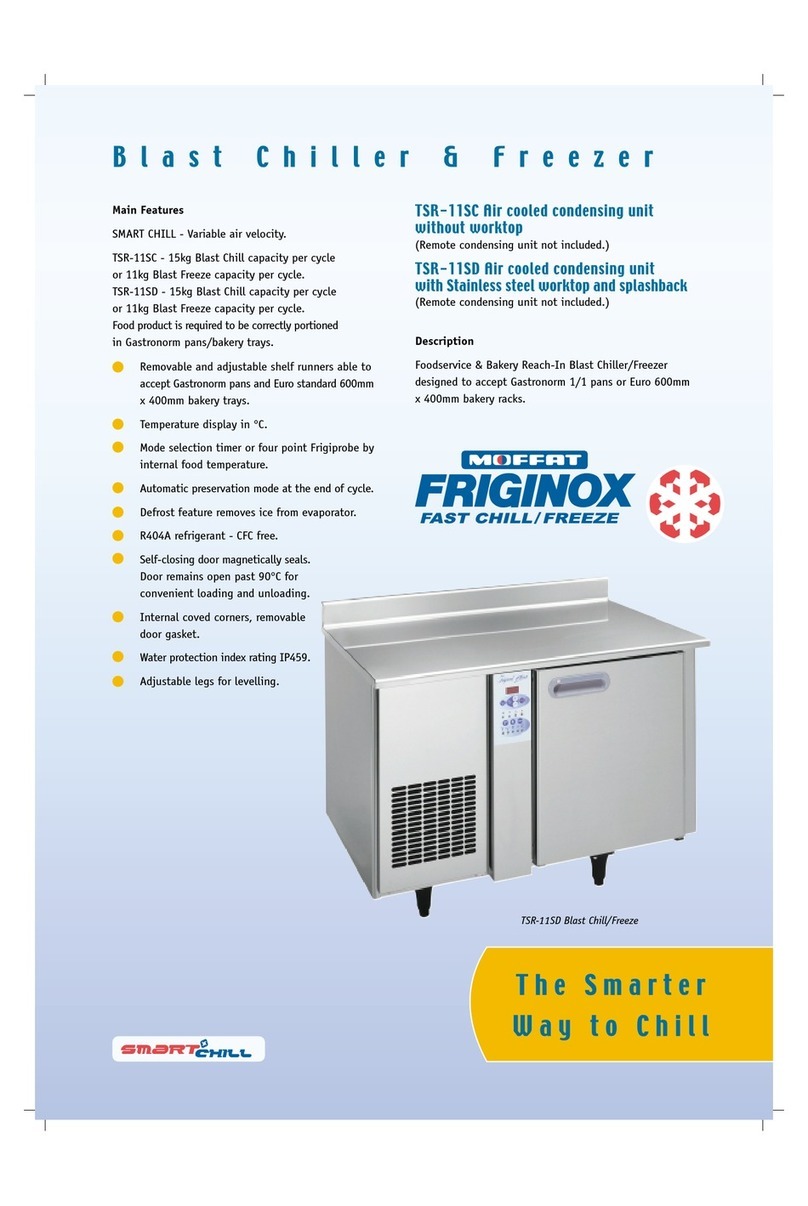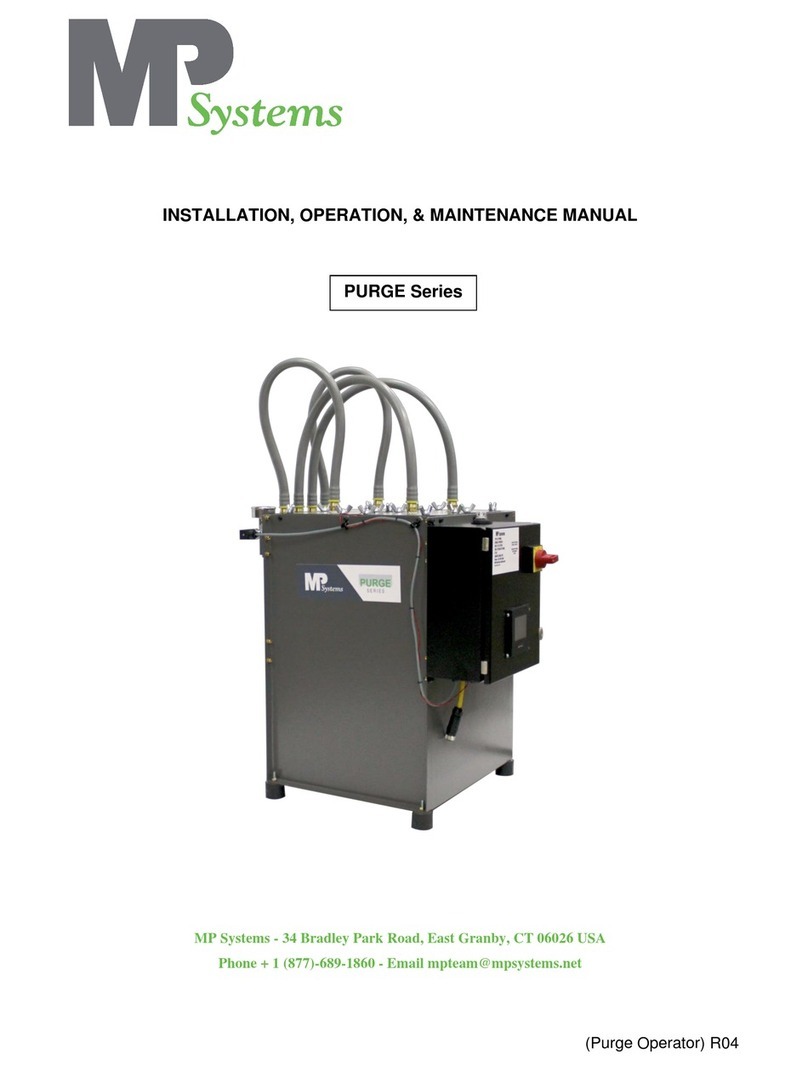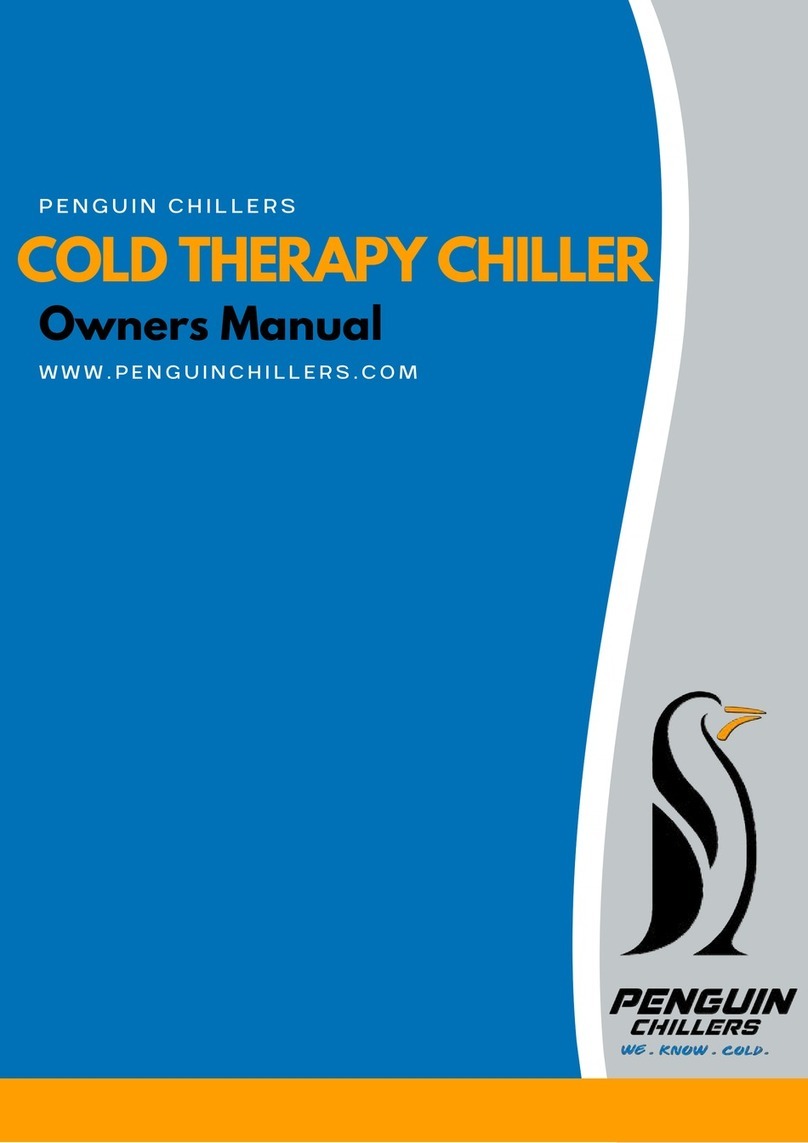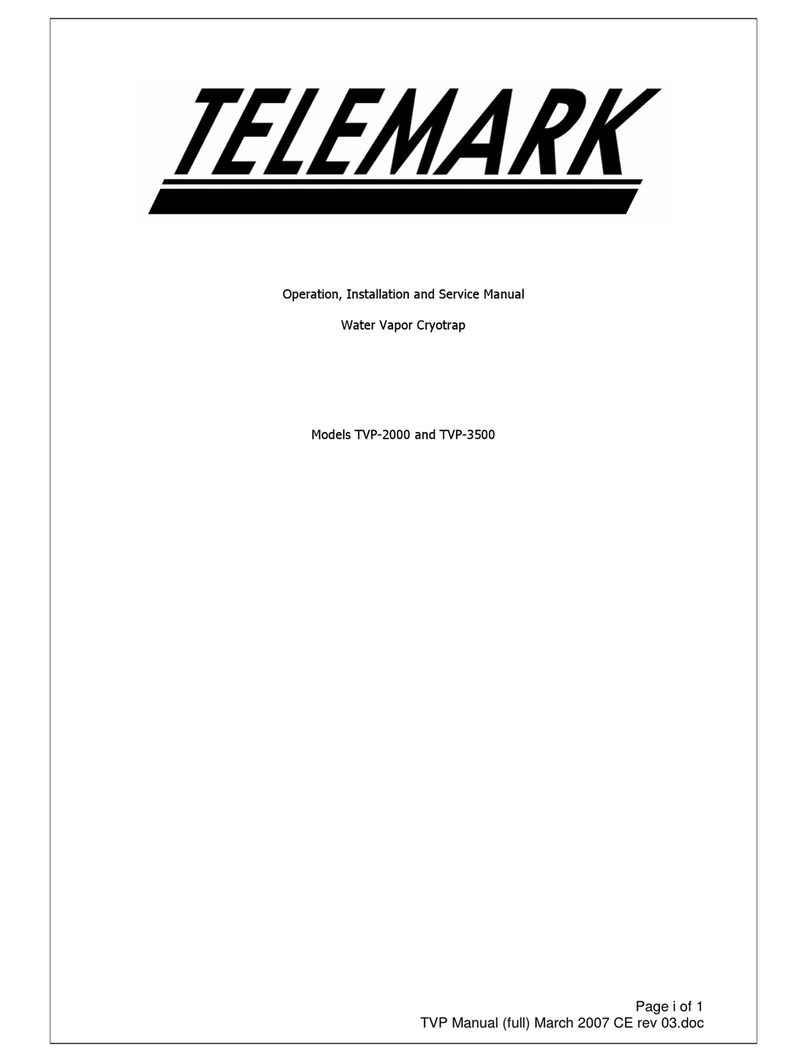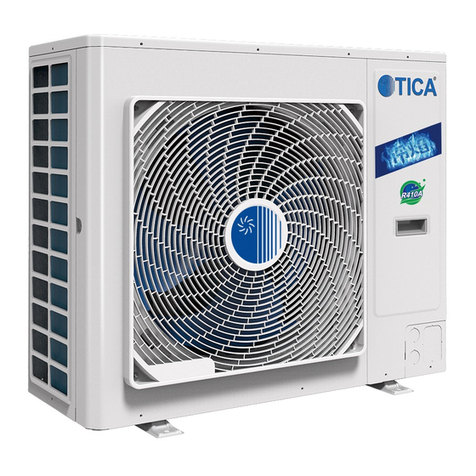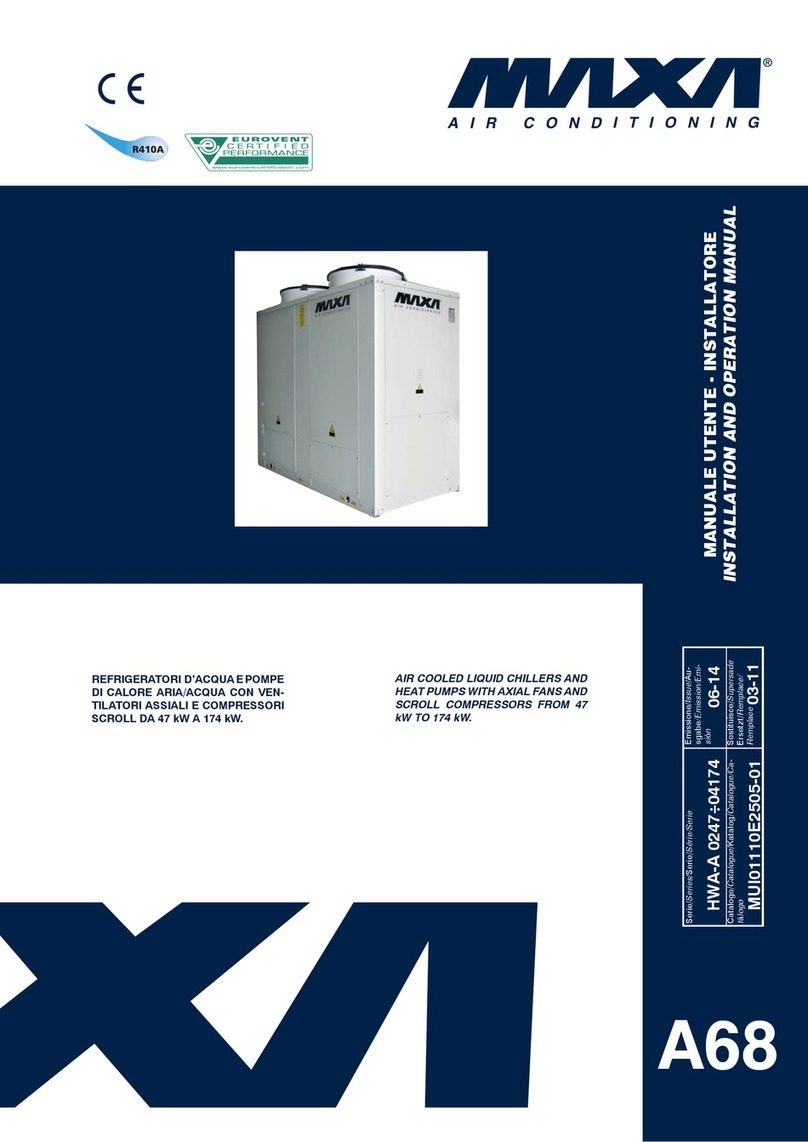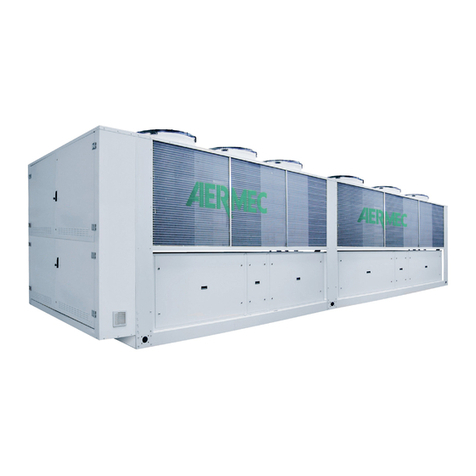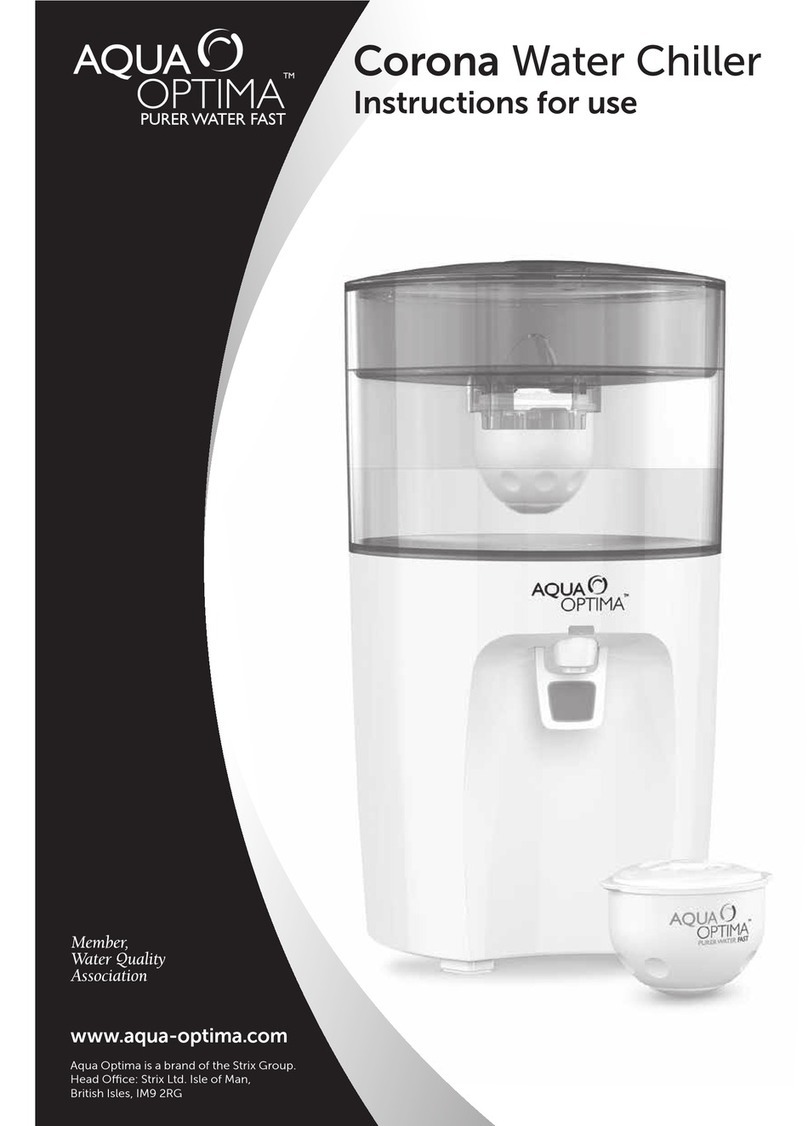GP Series Portable Chillers 882.12047.00 • 11/15/2021 7
Chapter 1: Safety
1-1 How to Use This Manual
Use this manual as a guide and reference for installing, operating, and maintaining
your machine. The purpose is to assist you in applying efficient, proven techniques
that enhance equipment productivity.
This manual covers only light corrective maintenance. No other maintenance should
be undertaken without first contacting a service engineer.
The Functional Description section outlines models covered, standard features, and
safety features. Additional sections within the manual provide instructions for
installation, pre-operational procedures, operation, preventive maintenance, and
corrective maintenance.
The Installation chapter includes required data for receiving, unpacking, inspecting,
and setup of the machine. We can also provide the assistance of a factory-trained
technician to help train your operator(s) for a nominal charge. This section includes
instructions, checks, and adjustments that should be followed before commencing
with operation of the machine. These instructions are intended to supplement
standard shop procedures performed at shift, daily, and weekly intervals.
The Operation chapter includes a description of electrical and mechanical controls, in
addition to information for operating the machine safely and efficiently.
The Maintenance chapter is intended to serve as a source of detailed assembly and
disassembly instructions for those areas of the equipment requiring service.
Preventive maintenance sections are included to ensure that your machine provides
excellent, long service.
The Troubleshooting chapter serves as a guide for identification of most common
problems. Potential problems are listed, along with possible causes and related
solutions.
The Appendix contains technical specifications, drawings, schematics, parts lists, and
available options. A spare parts list with part numbers specific to your machine is
provided with your shipping paperwork package. Refer to this section for a listing of
spare parts for purchase. Have your serial number and model number ready when
ordering.
